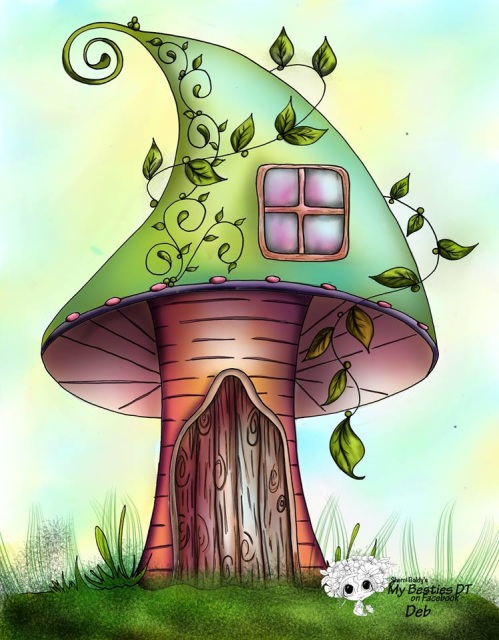
“Bioluminescent fungi are the only group of organisms I know of that actually emit light 24 hours a day,” said Desjardin. And while most glowing displays in nature are fleeting, these never turn all the way off. Their light may attract insects that spread the mushrooms’ spores and help them reproduce, or the chemicals that produce the light might simply be byproducts of the decomposition of dead wood and leaves.

For one, scientists still aren’t sure why they glow. It’s one of 38 bioluminescent species they’ve discovered.ĭespite their moment in the spotlight, these bioluminescent mushrooms hide many mysteries. ( Lucentipes is Latin for “light stem.”) Desjardin and his collaborators, Professors Cassius Stevani and Marina Capelari at the University of São Paulo, described the mushroom in 2007 after a nighttime expedition through the Brazilian rainforest. Its stem is particularly bright and is the inspiration for the species’ name.

The shroom of the hour is Mycena lucentipes, a Brazilian species that emits a yellow-green glow from its cap down through its root-like mycelium. “Having a luminescent mushroom featured shows that fungi are just as important as all of the other organisms that have graced U.S. “We’re really excited about it coming out,” he said. Mushrooms have been bit players in a few USPS stamps as part of larger forest scenes, but stamp-wise, this is their big break.ĭesjardin and his colleagues have been petitioning the USPS for years to focus on fungi. A United States Postal Service stamp will finally feature a mushroom - specifically, a glowing species discovered by San Francisco State University Professor of Biology Dennis Desjardin and his colleagues in Brazil.

After 226 long years, fungus fanatics around the country can rest easy.


 0 kommentar(er)
0 kommentar(er)
